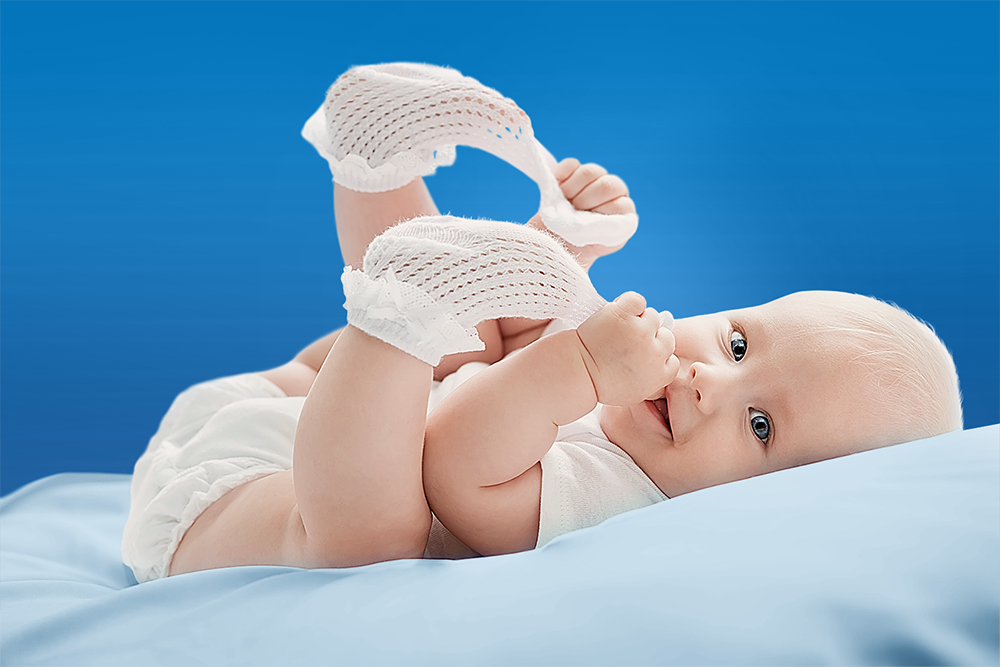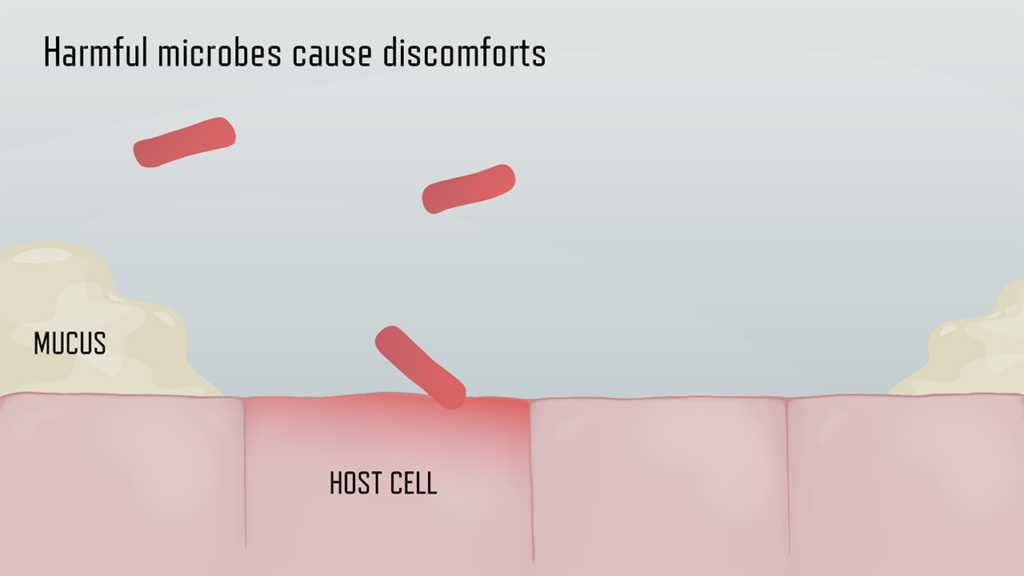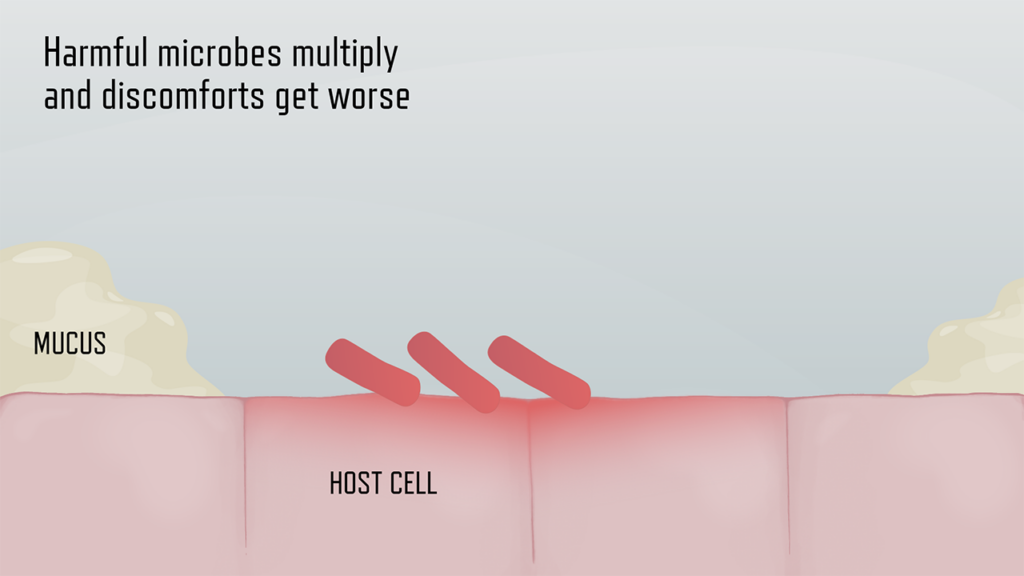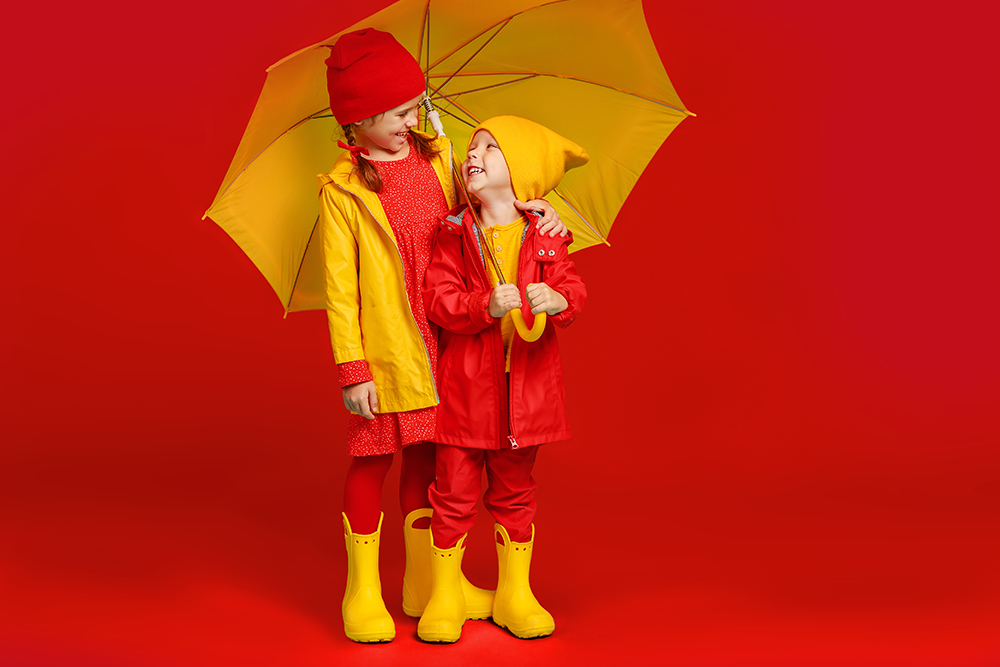Cradle cap, Itchy skin & Chickenpox
About cradle cap
Where does it appear?
Seborrhoeic dermatitis can occur on different body parts. On the eyebrows, eyelids, behind the ears, crease of the nose, back of the neck, nappy area or folds of the knee, armpits or inner elbow.
What is cradle cap?
Infantile seborrhoeic dermatitis (cradle cap) is characterised by yellow or brownish flaking which primarily occurs on the scalp.
Causes of cradle cap
It is believed to be caused by sebum overproduction (sebaceous glands) often in combination with a yeast infection (Malassezia). It’sis not caused by poor hygiene or allergies. Cradle cap is a very common condition estimated to occur in approximately 50 percent of all infants.

About diaper rash
What is a diaper rash?
Diaper rash is an irritation of the skin around the diaper region, which most often relates to contact with urine and stools in combination.
What causes diaper rash?
Bacteria in the stool converts urea into ammonia, which acts as a strong irritant on the skin. Diaper dermatitis can cause redness, irritation, and the formation of eczema in the diaper region.
It’s a very common condition that most parents have to deal with at some point, especially in the first years of the child’s life.

About itchy skin
Itchy skin is a common childhood complaint. Unfortunately, itching the skin usually only makes a rash worse and perpetuates the discomfort.
Itchy skin
Irritated skin and itchy rashes on children often depend on infections like Molluscum and hives. The rash looks like one or more small growths or wart-like bumps (called mollusca) that are usually pink, white, or skin-colored.

About molluscum and hives
What Is Molluscum Contagiosum?
For most people, molluscum contagiosum is a minor skin rash.
The rash looks like one or more small growths or wart-like bumps (called mollusca) that are usually pink, white, or skin-colored. The bumps typically are smooth and shiny or pearly-looking, and may have an indented center.
Molluscum contagiosum is a skin infection caused by a virus. The virus, called theMolluscum contagiosum virus, produces benign raised lesions, or bumps, on the upper layers of your skin. … You can get molluscum contagiosum by touching the lesions on the skin of an infected person.
What is hives?
Hives is an outbreak of swollen, pale red bumps or plaques (wheals) on the skin that appear suddenly — either as a result of the body’s reaction to certain allergens, or for unknown reasons. Hives usually cause itching, but may also burn or sting.
Can hives and molluscum contagiosum be related?
Molluscum being a viral infection can trigger hives.
Development of infection
Mode of action of 2QR-complex
Phase 1
Harmful microbes need to bind to host epithelial surfaces to cause an infection.

Phase 2
Microbes use adhesin molecules to bind to receptors on host cells.

Phase 3
Binding of microbes to epithelial cells triggers an inflammatory response in the host and causes discomforts.

Phase 4
An infection occurs when harmful microbes multiply at host surfaces or invade tissues. In these situations, discomforts may worsen.

What is Chickenpox?
Your child may have not been feeling well for a couple of days, being feverish, having a runny nose and some mild cough. Then one morning you get up, see a blistery rash and you realize your child has contracted chickenpox.
Chickenpox is a common and extremely contagious airborne virus (varicella zoster, member of the herpes virus family) usually contracted in childhood. It spreads through the air by coughing or sneezing or by touching an infected child. More than 90% of chickenpox cases occur in children less than 12 years of age. After an infection a person will be immune against chickenpox for a lifetime. Click here or click on image to enlarge.
Once a person has been in contact with the virus it takes about 2 weeks before symptoms appear. Chickenpox starts with a mild fever and is characterized by an itchy, blistery rash that forms over the entire body and starts to crust over within a few days until they fall off. Most likely, the first rashes and blisters appear on the chest and face and then spread over the entire body. In some cases blisters may even occur in the ears, the mouth and on the eyelids.
Chickenpox blisters show up in waves. While first blisters begin to crust, new spots might appear. While the symptoms last for only a number of days, it takes about 10-14 days until all blisters have crusted over and your child is no longer contagious. The constant scratching of blisters can leave life-long scars which can be caused if scratched wounds become infected with bacteria.
Generally speaking a case of chickenpox passes without complications and as uncomfortable the itch may be, it is a common illness for children and most get better by lots of rest and seeing it through (like a cold or flu).
In adults chickenpox is normally more severe and may accompany pneumonia. It is advised to consult your practitioner should you as an adult think you have contracted chickenpox.

Symptoms of chickenpox
Chickenpox are usually quite uncomfortable due to the itch but generally not dangerous or life threatening. Your child may have contracted chickenpox if he/she has the following symptoms:
- Stage one: Mild fever accompanied by runny nose and a cough
- Stage two: Itchy outbreak of a rash turning into blisters on scalp, face and torso
- Stage three: Blisters that crust over and fall off
Chickenpox blisters show up in waves. While first blisters begin to crust new spots of blisters might appear.
Never use aspirin to reduce the pain or fever a child may be experiencing during the course of chickenpox. The use of aspirin may be associated with the development of reye’s syndrom, which can lead to liver failure and even death.
An infection of chickenpox usually passes without complications. However, there are a number of risks involved. We advise you contact your general practitioner if your child experiences any of the following symptoms:
- Has fever fever that lasts for more than 4 days and rises above 39° Celsius
- Has a severe cough or trouble breathing
- Has an area of rash that leaks pus (thick, discolored fluid) or becomes red, warm, swollen, or sore
- Has a severe headache
- Is unusually drowsy or has trouble waking up
- Has trouble looking at bright lights
- Has difficulty walking
- Seems confused
- Seems very ill or is vomiting
- Has a stiff neck

Chickenpox contagiousness
Chickenpox are very contagious and some public areas and environments are not suitable for a child that has them.
Playgroup, nursery, pre-school and school
If your child has contracted chickenpox, inform their playgroup, nursery, pre-school and school and keep them home until all the blisters have crusted over and they are no longer contagious. This normally takes place a week after the first rash started.
Some playgroups, schools and such have different rules as your child may have contracted chickenpox there in the first place. Therefore coordinate with your child’s teacher in each individual case.
Playground, public pool, other public places
Try to avoid public places, as others may catch the virus, which may be dangerous, especially to those who are pregnant or have a weak immune system. If your child has contracted chickenpox keep them away from the playground and other public places until all the blisters have crusted over and they are no longer contagious. This normally takes place a week after the first rash began.
If you bring your child to a playground or any other such place, inform the people/parents that your child has chickenpox and is still contagious. Be reminded that just because you think it is fine to bring your contagious child to public places doesn’t mean everybody else will be.
Swimming/Sports
Chickenpox is highly contagious. If your child has contracted chickenpox, he/she should not go swimming or play contact sports unless all blisters have crusted over. This normally takes place a week after the first rash started. Try to avoid public places, as others may catch the virus, which may be dangerous, especially to those who are pregnant or have a weak immune system. Swimming may further soften the crusts, which may result in a more intense itch, the crusts falling off early and leaving scars.
Bathing/showering
It is fine for your child to shower or bath quickly while having chickenpox. Some children may find a bath in lukewarm or cold water relieves the itch. Do not bath in hot water as this may increase the itch and do not bath for too long. Pat your child dry after showering/bathing. Do not rub, to avoid blisters getting infected, the crusts falling off and leaving scars.

Flying
Chickenpox is highly contagious. Your child may not be allowed to fly until all the crusts have fallen off. This is because germs circulate easily through the air condition systems on planes. The virus may be especially dangerous to those who are pregnant or have a weak immune system. In general one is only allowed to fly with a medical report. Each airline has their own policy so check in with them first. In case of one having chickenpox, inform your travel insurance company right away to make sure that you will be covered if you have to cancel or postpone your vacation or if you need to extend your trip until your child is fit enough to travel back home.
Hospital and ward visits
Children with chickenpox should not visit relatives or friends in a hospital or ward without prior approval from such an institution.
Pregnancy
Most women have had chickenpox in their childhood and are therefore immune or have had a chickenpox vaccination. However a small percentage of pregnant women develop chickenpox, which can cause complications for both the unborn baby and the pregnant mother. There is a small chance of the baby developing a condition called fetal varicella syndrome (FVS), which can cause serious abnormalities of various parts of the body. For detailed information about the chances of your baby developing FVS, please contact your midwife or gynaecologist, as different stages of pregnancy bear different risks.
If you are pregnant and you think or know that you may have contracted chickenpox contact your midwife, gynaecologist and/or general practitioner right away.
New borns and babies
A chickenpox infection usually creates lifelong immunity to the disease. Nursing new borns and babies are in most cases not susceptible to chickenpox if their mother has had chickenpox as a child. Antibodies will be passed through the placenta during pregnancy and additional ones through her milk to give sufficient immunity. Should your new born or baby still contract chickenpox in the first 6 months of their life, chances are high that they will not develop enough antibodies and therefore may be susceptible to contract the illness again at a later stage.
No products found